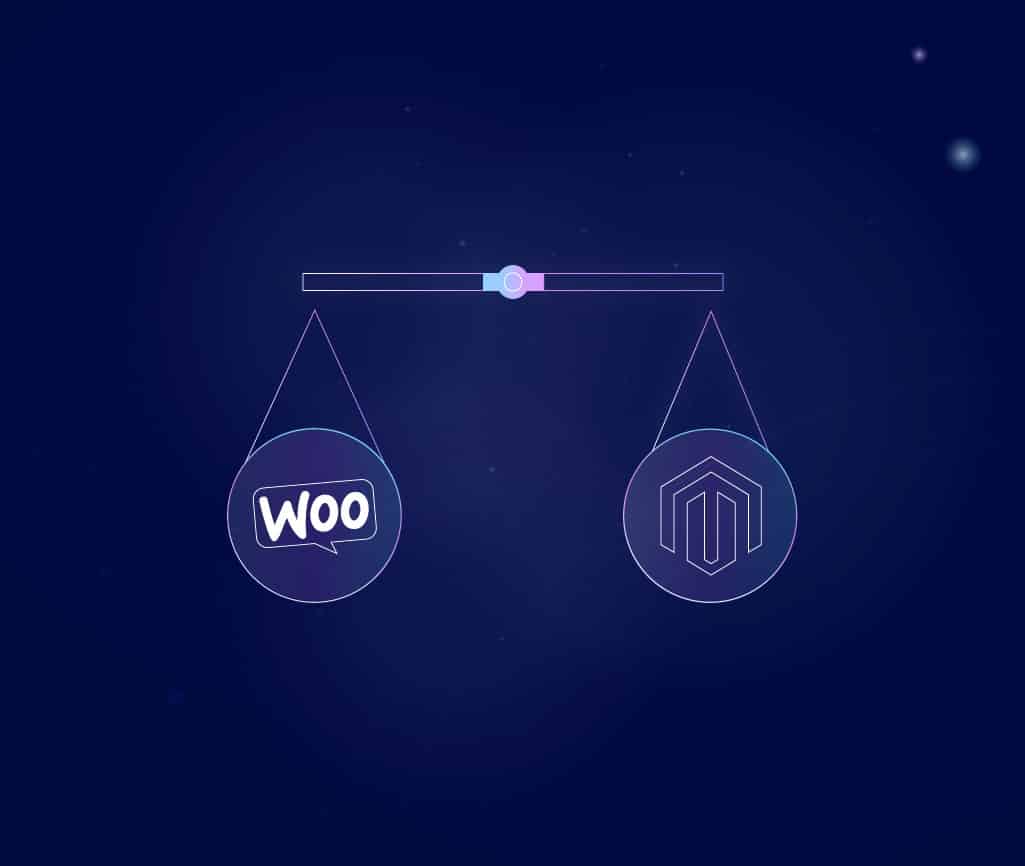Ecommerce
6 minute read
The Marketer’s Pocket Guide to eCommerce SEO.
LAST UPDATED:
May 13, 2024


In this guide, you’ll learn how to identify relevant keywords and phrases, craft engaging title tags and meta descriptions, optimize product category pages, and much more. With these tips and tricks, you’ll be able to build a strong foundation for organic search traffic that will draw customers to your store!
What is eCommerce SEO?
eCommerce SEO is the process of optimizing an online store for organic search engine traffic. What makes it different are the product and category pages. This involves using strategies such as keyword research, content optimization, and link building to improve your products’ visibility in search results.
By targeting relevant keywords in your product descriptions, you can make sure that when customers are searching for products like yours, they will be able to find your eCommerce store quickly and easily.
Additionally, optimizing product category pages with strategic keywords can help draw more customers by providing them with detailed information about the products offered on your site.
eCommerce SEO can also help build brand awareness and trust through creating high-quality content that is both informative and engaging. With the right strategies in place, you can make sure that your eCommerce store is successful at attracting your ideal customers.
Benefits of eCommerce SEO
One advantage that eCommerce sites have is the number of pages that can be optimized. Besides having a standard home page, about page, and possibly a blog, eCommerce sites also have category and product pages – that’s a lot of real estate for SEO!
Organic traffic generated from your SEO efforts is consistent, free (besides your labor), and targeted. A marketer’s dream!
Search Engines and Potential Customers
Optimizing product pages for relevant keywords and phrases can help ensure that your site appears in search engine results pages (SERPs), increasing its visibility and drawing in more ideal visitors.
Creating a user-friendly experience on your website is important as well – potential customers should be able to easily find what they’re looking for without being overwhelmed by too much content or features.
By taking advantage of the various tools available, you can make sure that your eCommerce site stands out from the competition and draws in new customers.
How Search Engines Work
Search engines are constantly evolving, but their core purpose remains the same: to provide users with the most relevant and useful information possible. The process begins when a user types in a query, which is then fed into an algorithm that evaluates web pages and ranks them accordingly. This algorithm takes into account factors such as the page’s content, its relevance to the query, its loading speed, and how often it is updated.
Other factors such as backlinks from other websites can also affect ranking. Search engines use this data to create a list of results for users – those at the top of the list are generally considered to be the most relevant and helpful for fulfilling their needs. By understanding how search engines work and taking steps to optimize your website accordingly, you can ensure that your eCommerce site will rank higher in SERPs and draw more shoppers.
Understanding Your Target Audience
Understanding your target audience is key to success in eCommerce SEO. Knowing who you are targeting and what they are looking for allows you to tailor your copy and website design to their needs.
Since you’re a marketer, you’ve probably already got buyer personas for your ideal customers. If not, you’ll need to start there – it’s the only way to understand what they’re searching for! To get inspiration, start doing some searching of your own. Try typing in terms related to your product offerings on Google, Pinterest, and Amazon to see what people are actually searching. Plus, you’ll get further inspiration for keywords you can target.
DOWNLOAD OUR SEO AUDIT TEMPLATE
Internal Links & Product Category Pages
Internal links are crucial for effective eCommerce SEO. Not only do they help improve the user experience, but they also boost your rankings in search engine results.
Adding descriptive anchor text to the internal links will help search engines understand what each page is about and how it relates to other pages on the site.
Be sure to include outbound links to other websites or blogs in your product category pages as this will help show that you have authority in the industry and can provide helpful resources for customers.
Optimizing Product Category Pages for SEO
Optimizing category pages correctly will help customers find what they need quickly, and demonstrate to search engines that your website is organized and relevant.
To achieve this, optimize your navigation and filtering links. Having organized inventory sorted by item type is not only intuitive for shoppers, but also indicates to search engines how relevant your site is to a particular product.
Make sure all pages are properly optimized for keywords related to the product or category being discussed. By taking the time to optimize product category pages for SEO, eCommerce websites can ensure their rankings remain high and customers have a positive experience on their website.
Ranking Factors & Target Keywords
To ensure your website reaches the top of search engine results, carefully select relevant keywords that accurately reflect the products you offer, but also what your potential customers are actually searching for. Make sure to include these keywords throughout your website’s content in a natural way.
Other important ranking factors include increasing website speed, improving user experience, and building quality backlinks from authoritative websites. Mobile optimization is also essential as more people are using smartphones and tablets to shop online.
Identifying Relevant Keywords & Phrases
Identifying relevant keywords and phrases is crucial to successful eCommerce SEO. You can use keyword research tools such as Ahrefs.com, Moz Keyword Explorer, or Hubspot’s SEO tool to find words related to your products that your customers are genuinely typing into search engines.
Once you have identified several potential keywords, create a list of relevant ones that accurately reflect your products. It is also important to include long-tail keywords for more specific searches, such as “men’s black dress shoes.”
These keywords need to be featured in content throughout your website including product pages, category pages, blog posts, and landing pages. By taking the time to identify relevant keywords and phrases, eCommerce businesses can ensure they are targeting the right audience with their SEO efforts.
Writing Quality Product Descriptions for eCommerce SEO
Product descriptions are additional SEO real estate that non-eCommerce sites don’t have! They should be written in an engaging way that highlights the features and benefits of the product, while also containing relevant keywords that are related to your product. This helps ensure that potential customers can find your product on search engine results pages.
Keep in mind that customers may not have a lot of time to read through detailed descriptions, so make sure to get your point across quickly and effectively. Making use of bulleted lists, charts, and short paragraphs can help users take in the information, while allowing you to write copy for search engines.
Include internal links within the content of each description to help users navigate between different products and categories. Use this space to make cross-selling suggestions!
It’s also important to be consistent with your messaging across all platforms – from website product descriptions to social selling listings – as this will help strengthen your brand’s identity and build trust with potential customers. By writing quality product descriptions and keeping them consistent across all platforms, you can improve visibility on organic search engine results pages and drive more sales for your business.
FREE DOWNLOAD
SEO Audit Template
Get Memorable Insights.
Sign up to receive actionable web design advice directly in your inbox monthly.
Get Memorable Insights.
Sign up to receive actionable web design advice directly in your inbox monthly.
Author
Jeff Gapinski is the President of Huemor where he helps plan the long-term strategic growth of the agency. Jeff is passionate about UI/UX, demand generation, and digital strategy.
What Do You Think?
Have feedback? Maybe some questions? Whatever it is, we'd love to hear from you.







No comments found